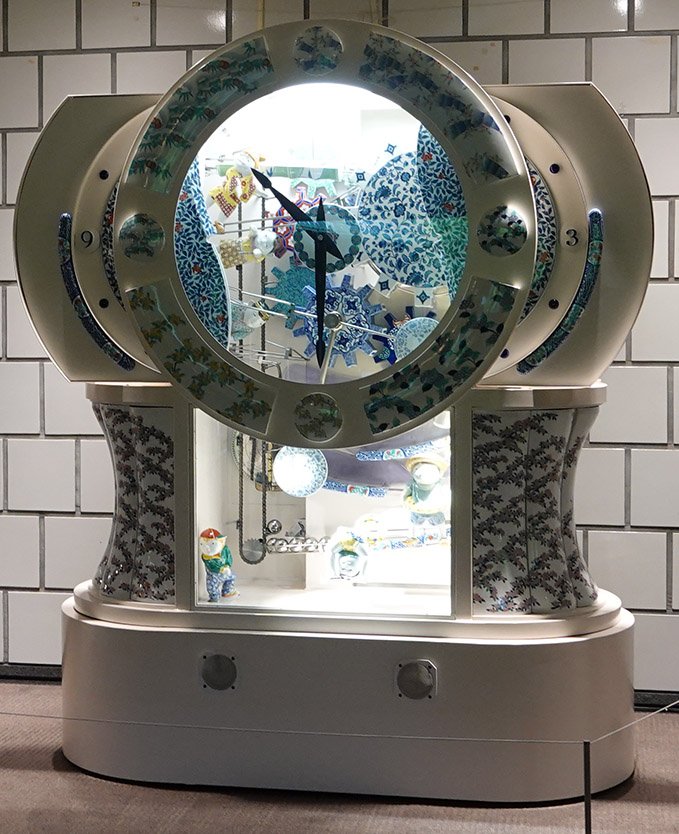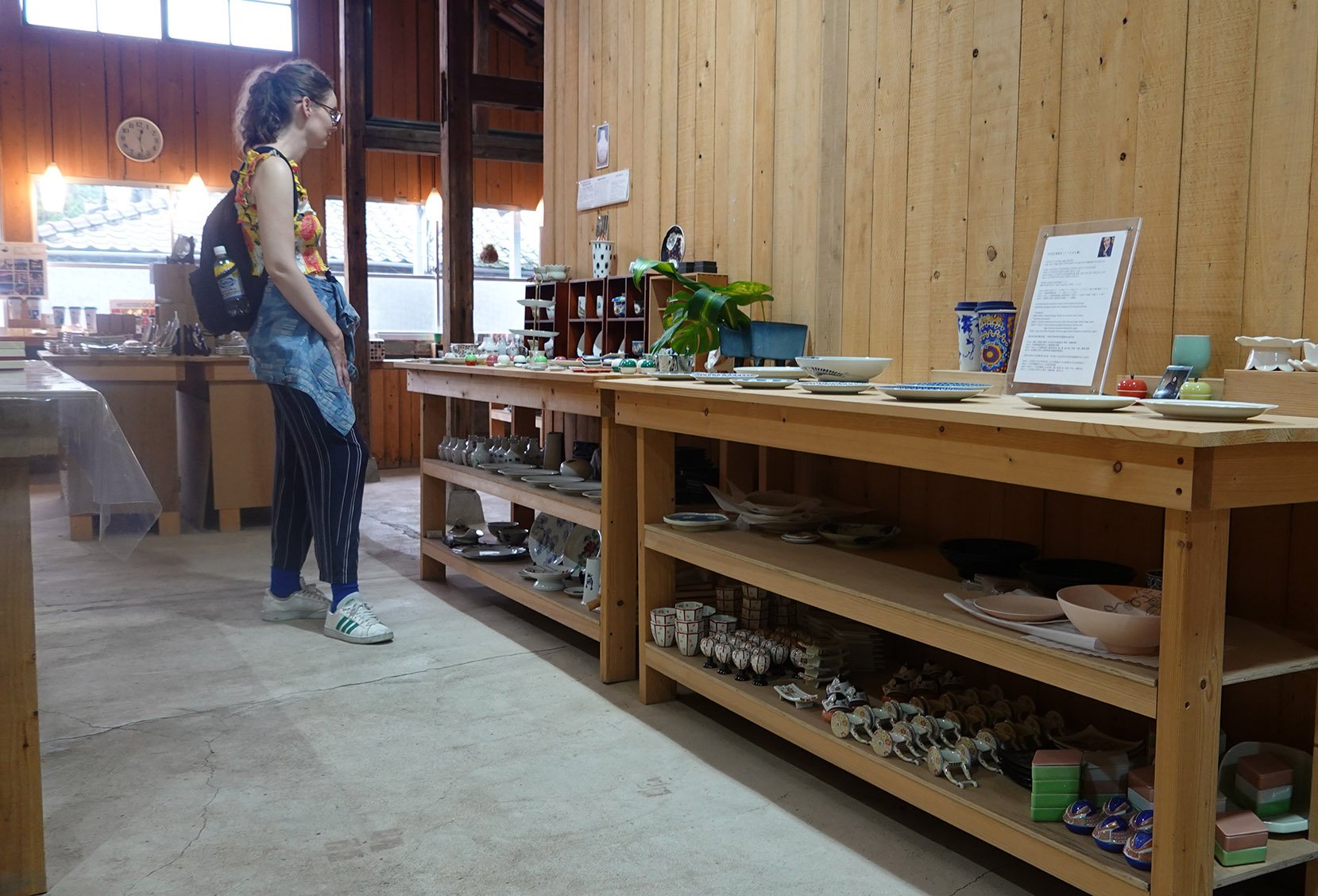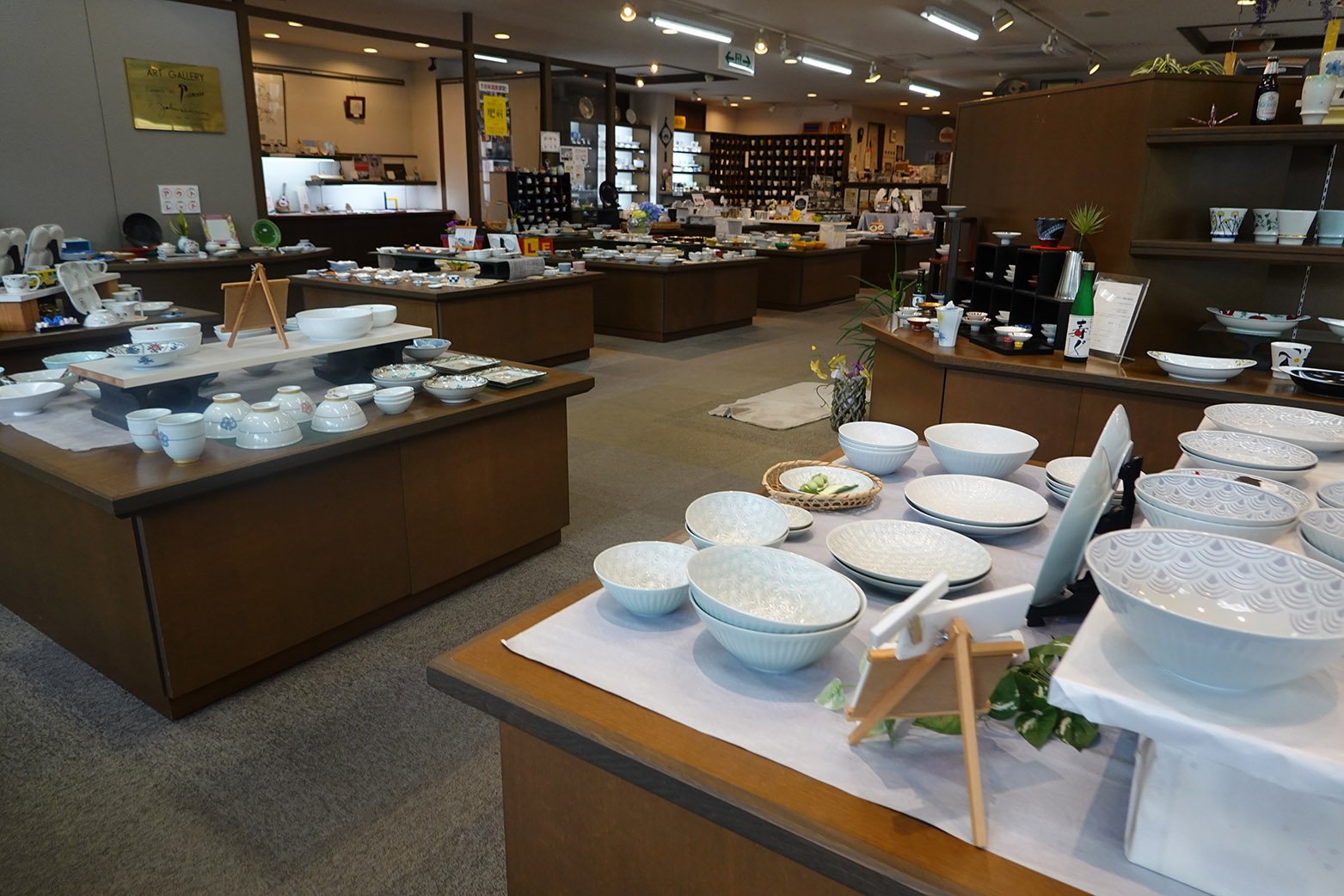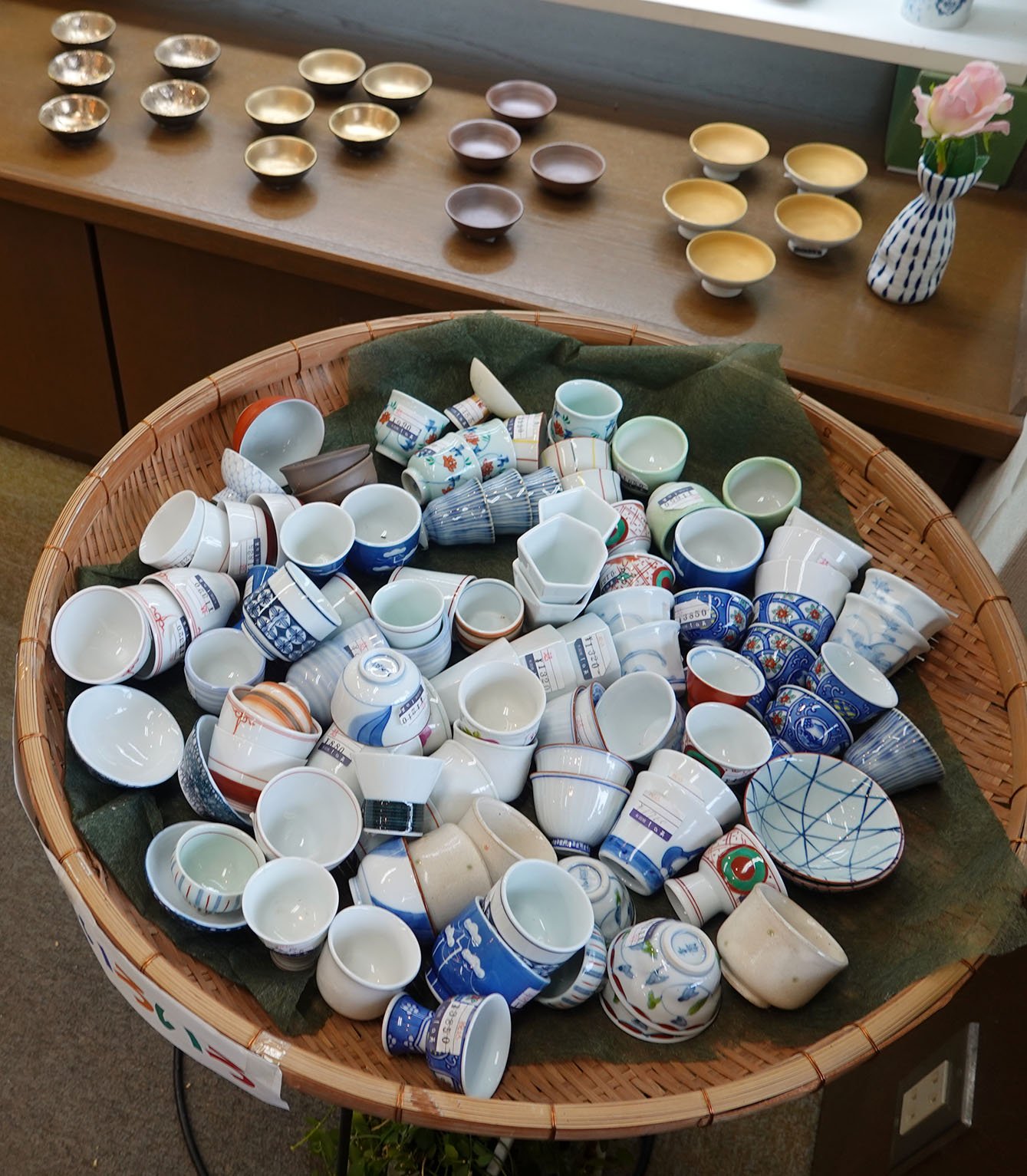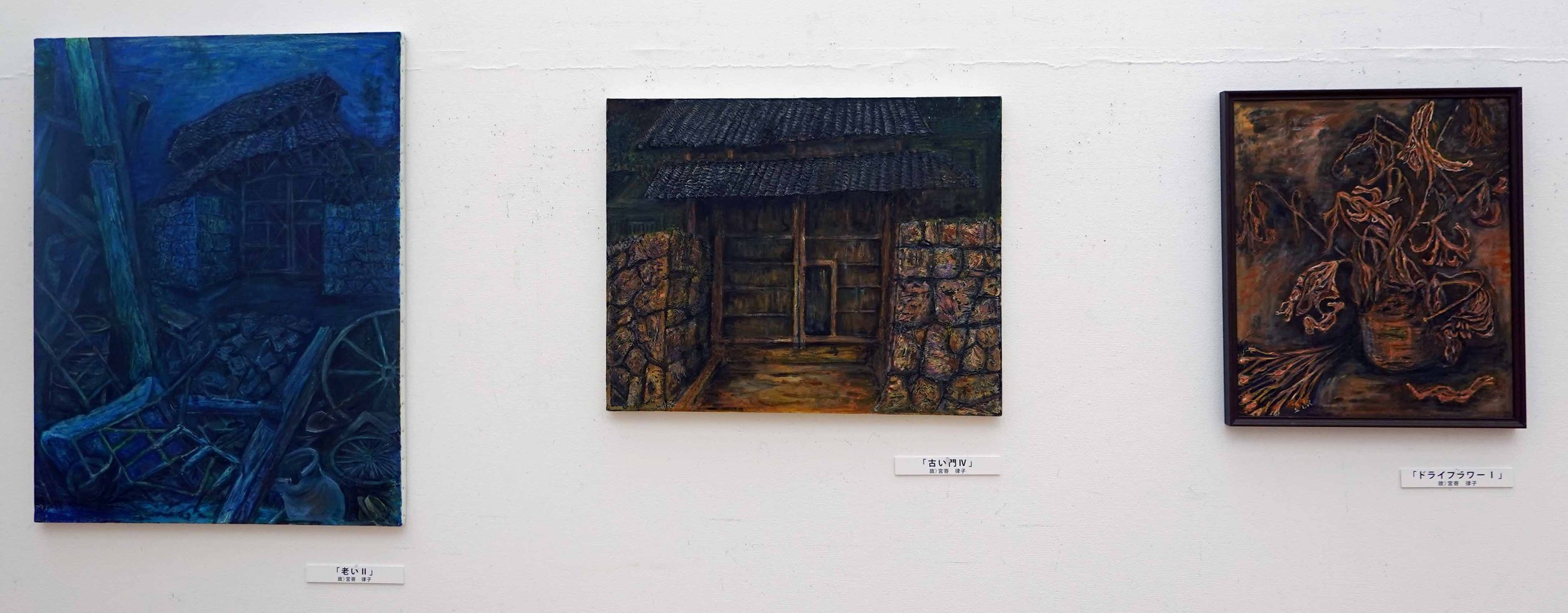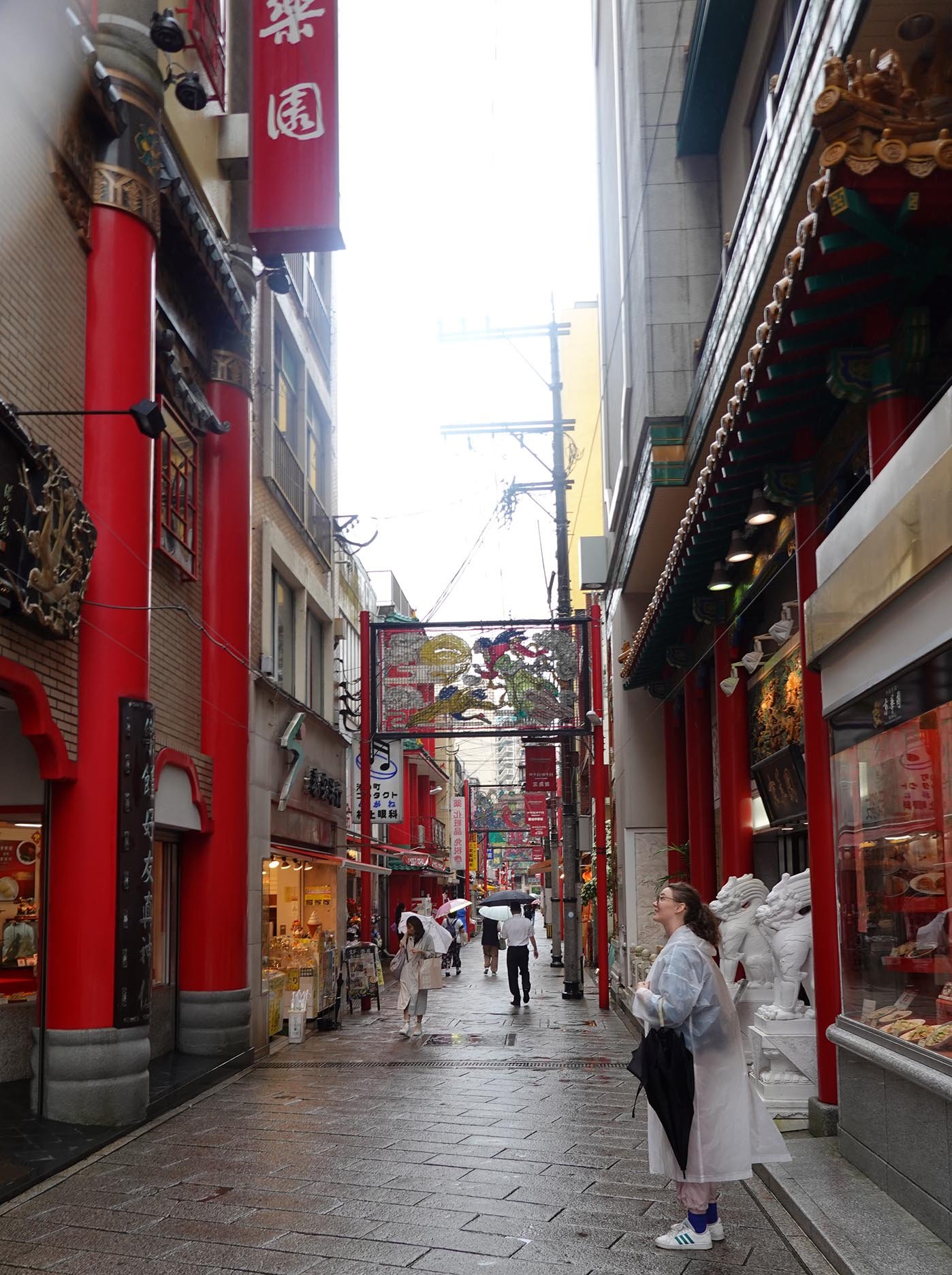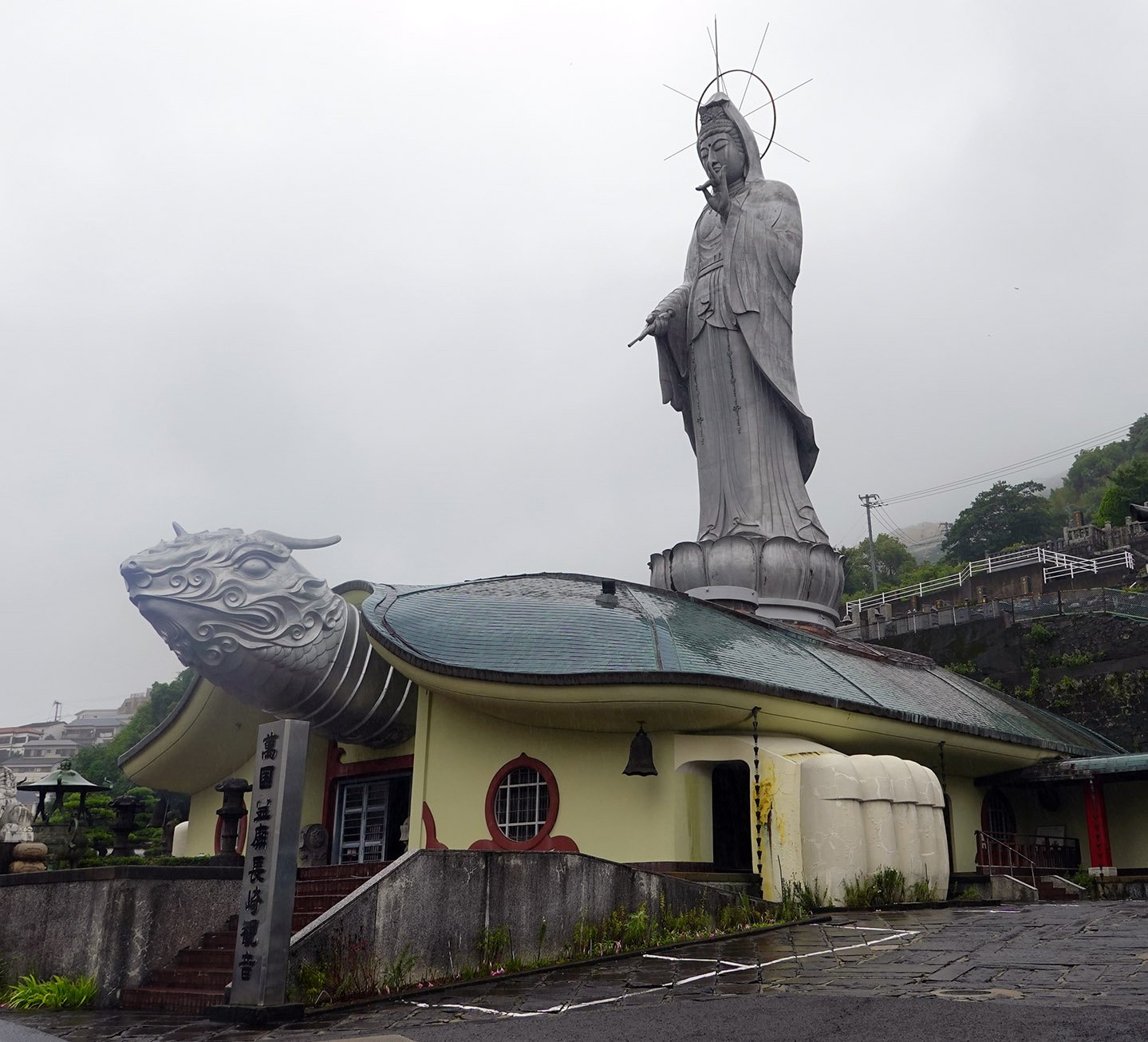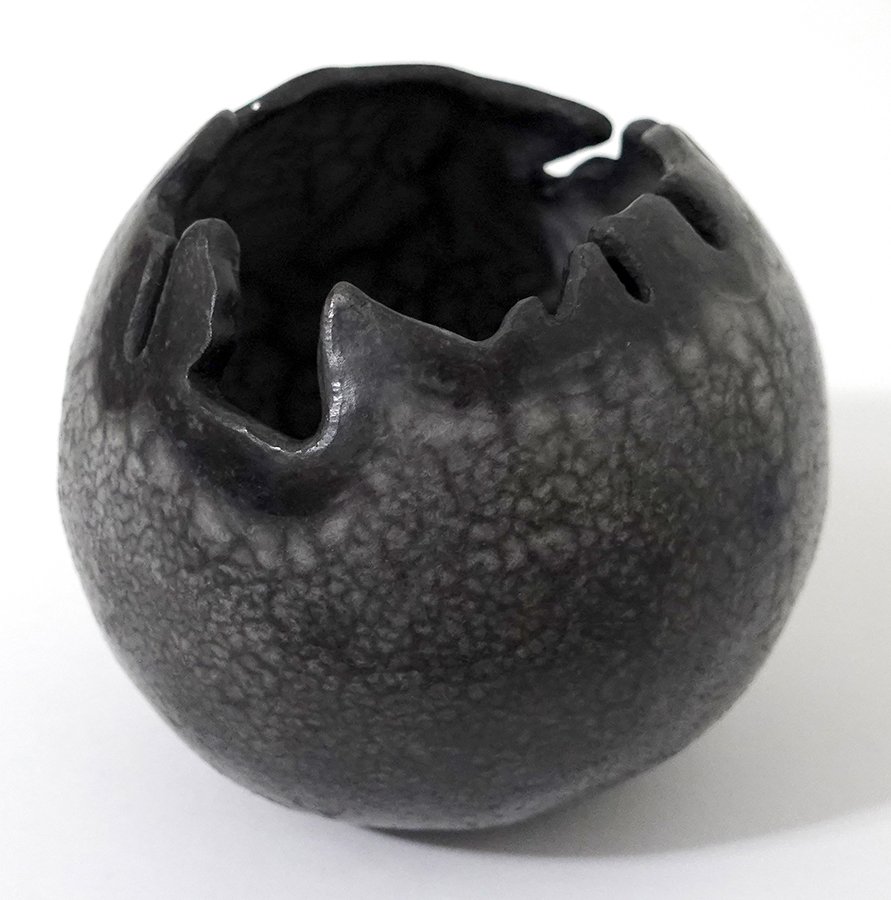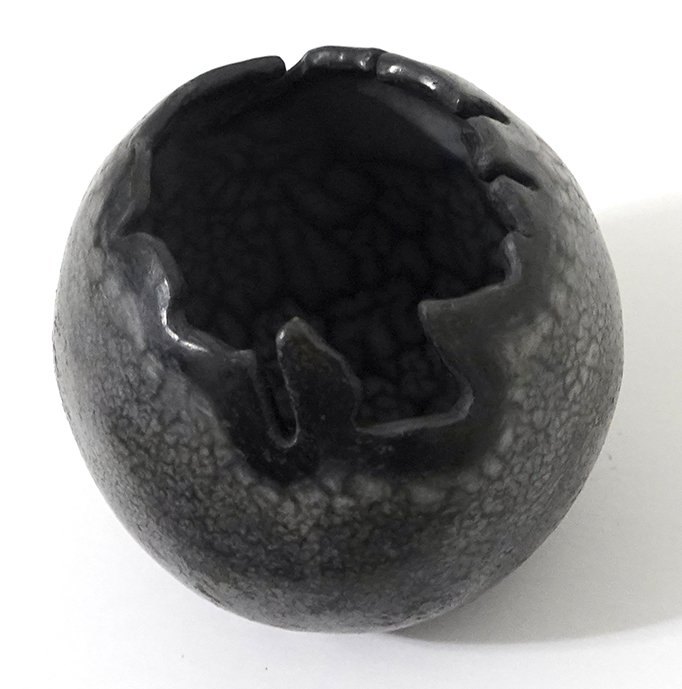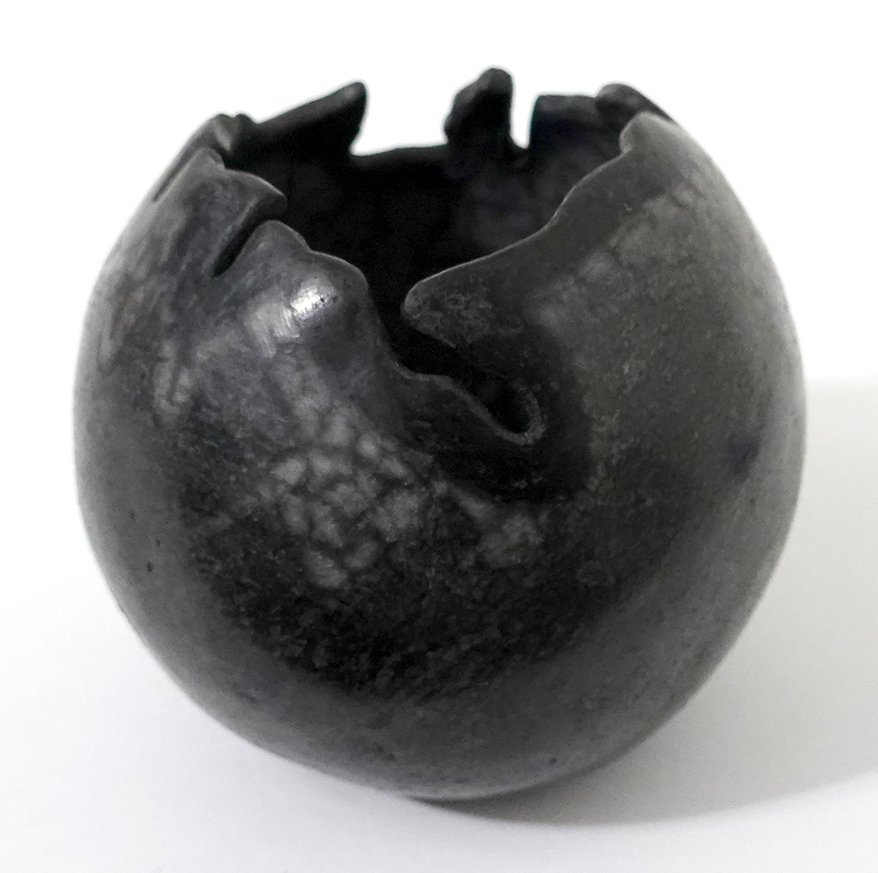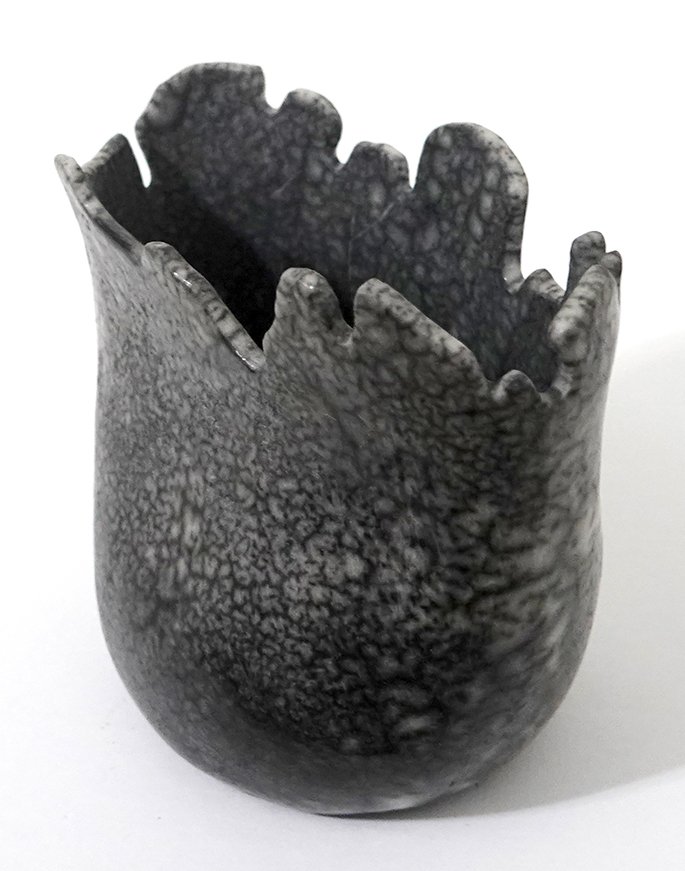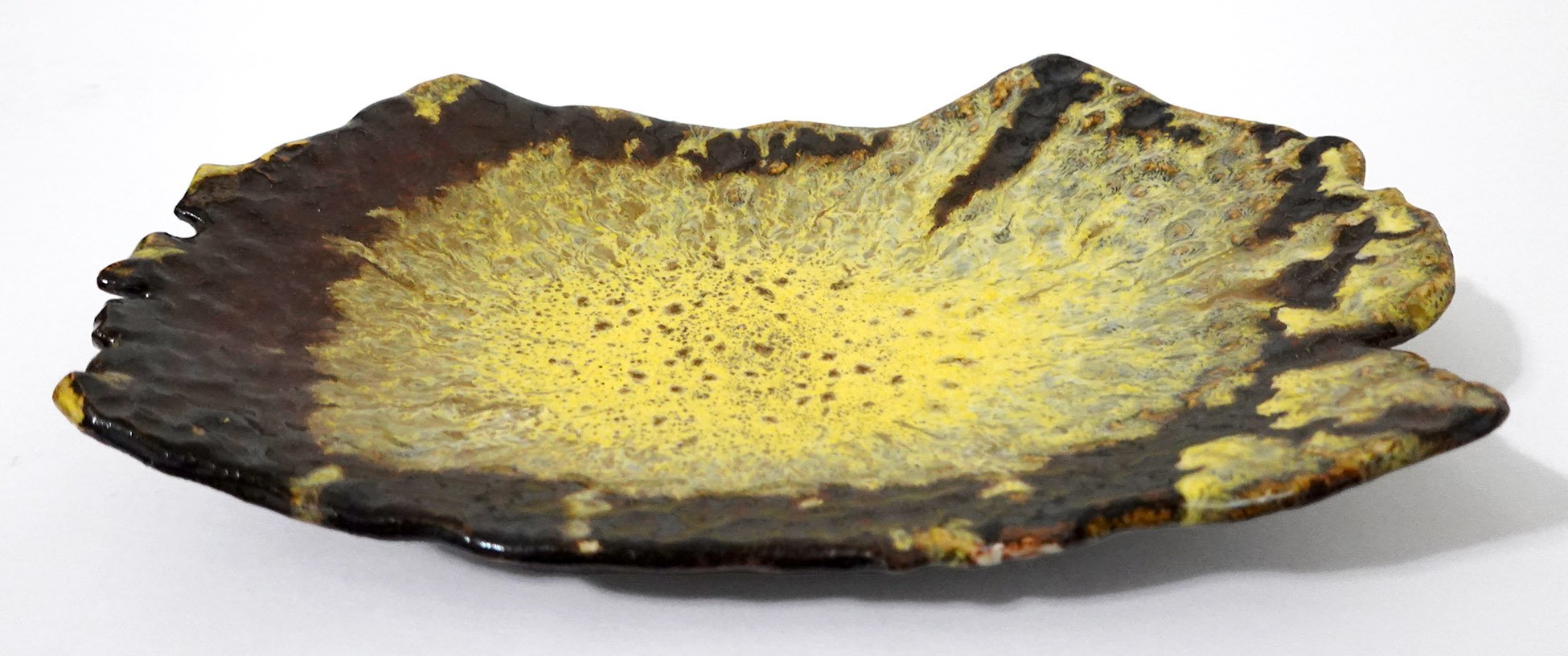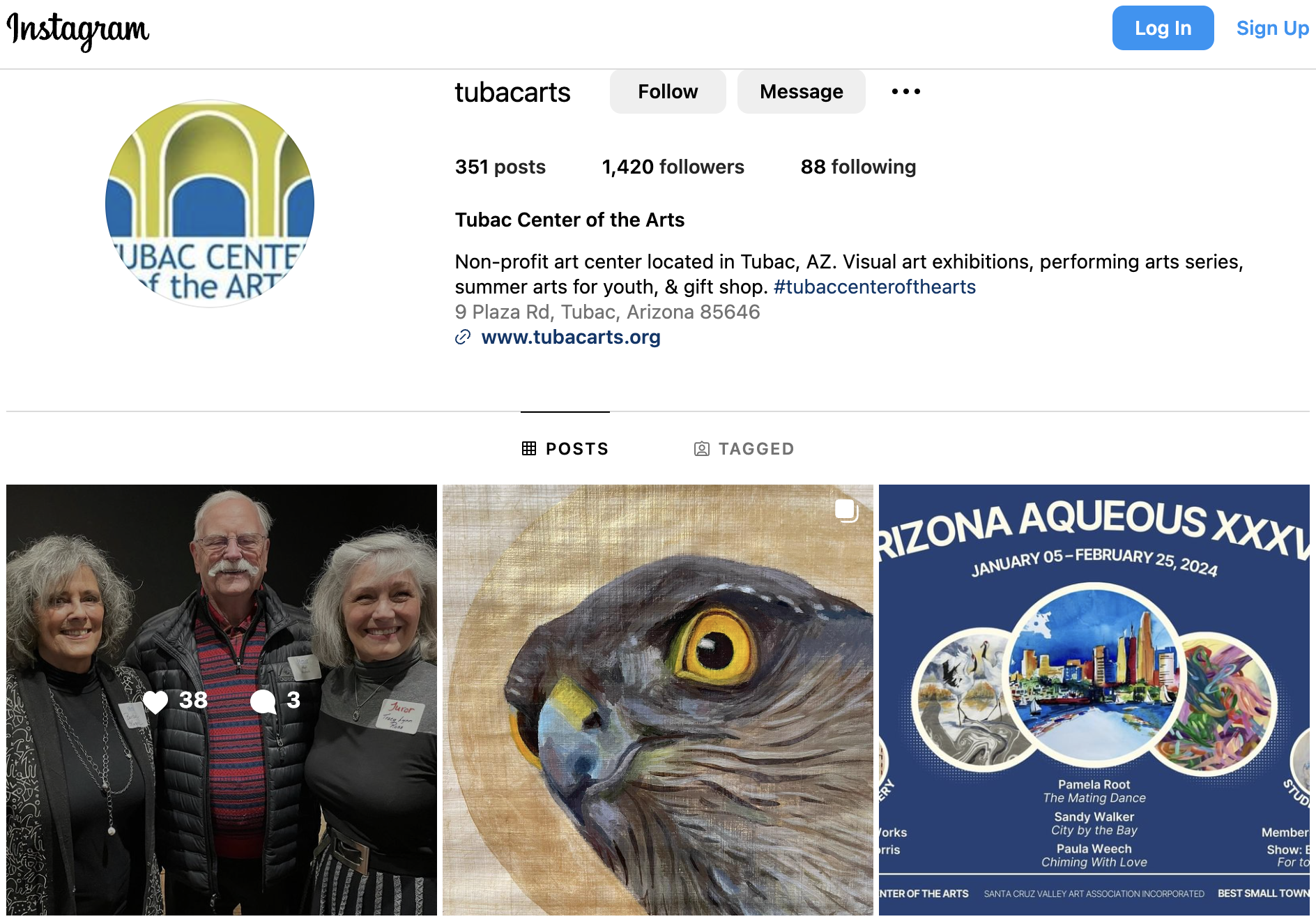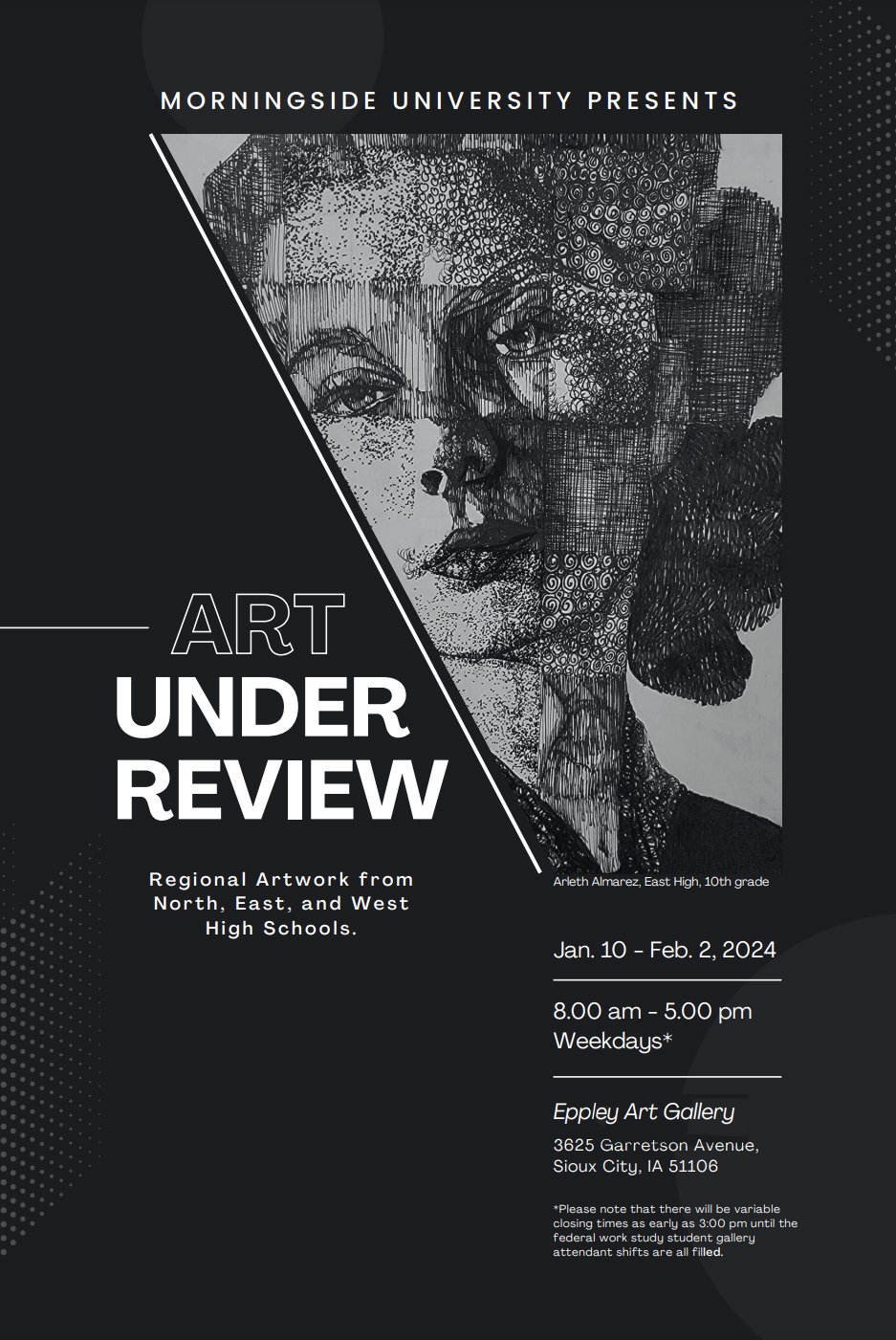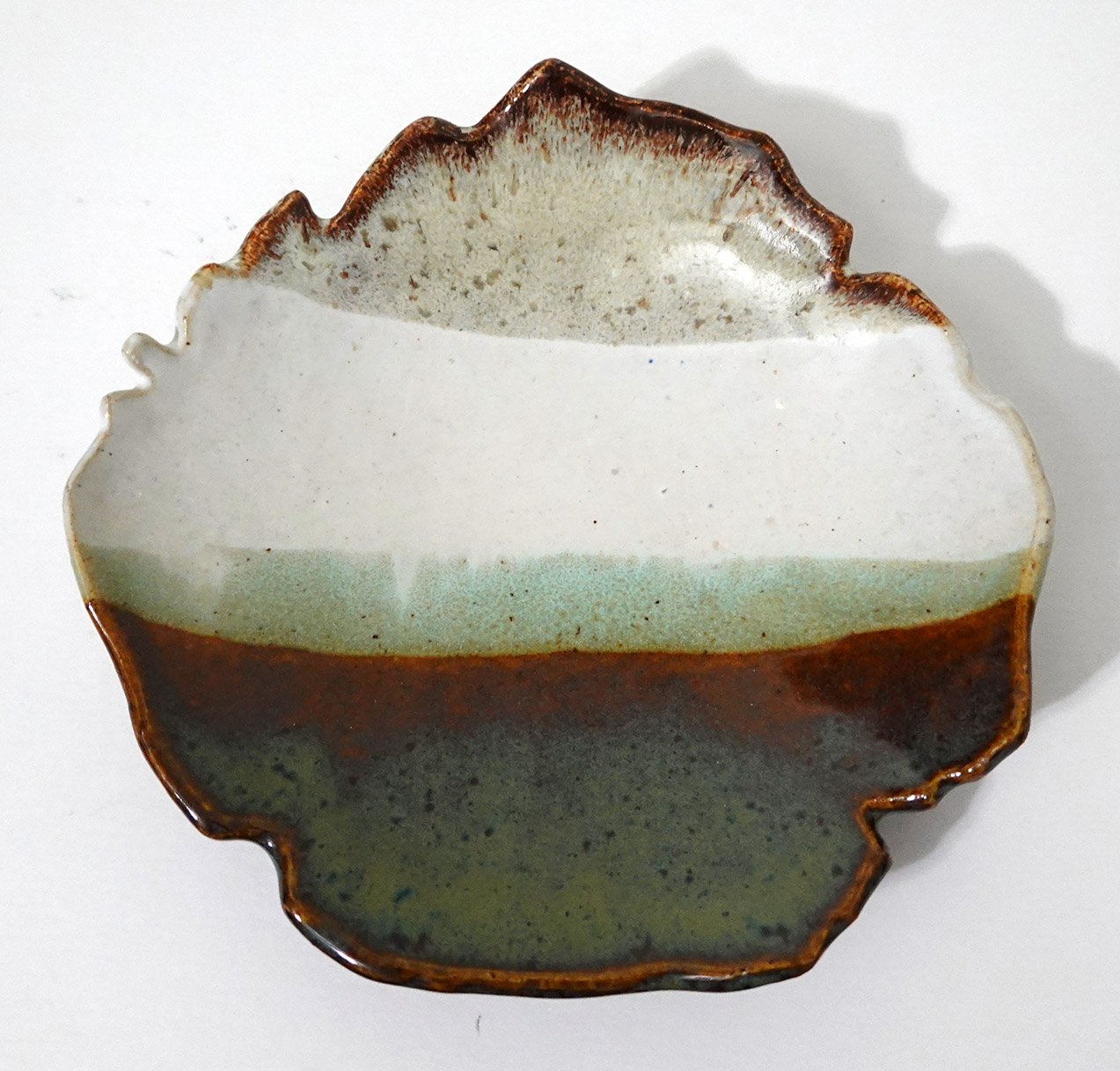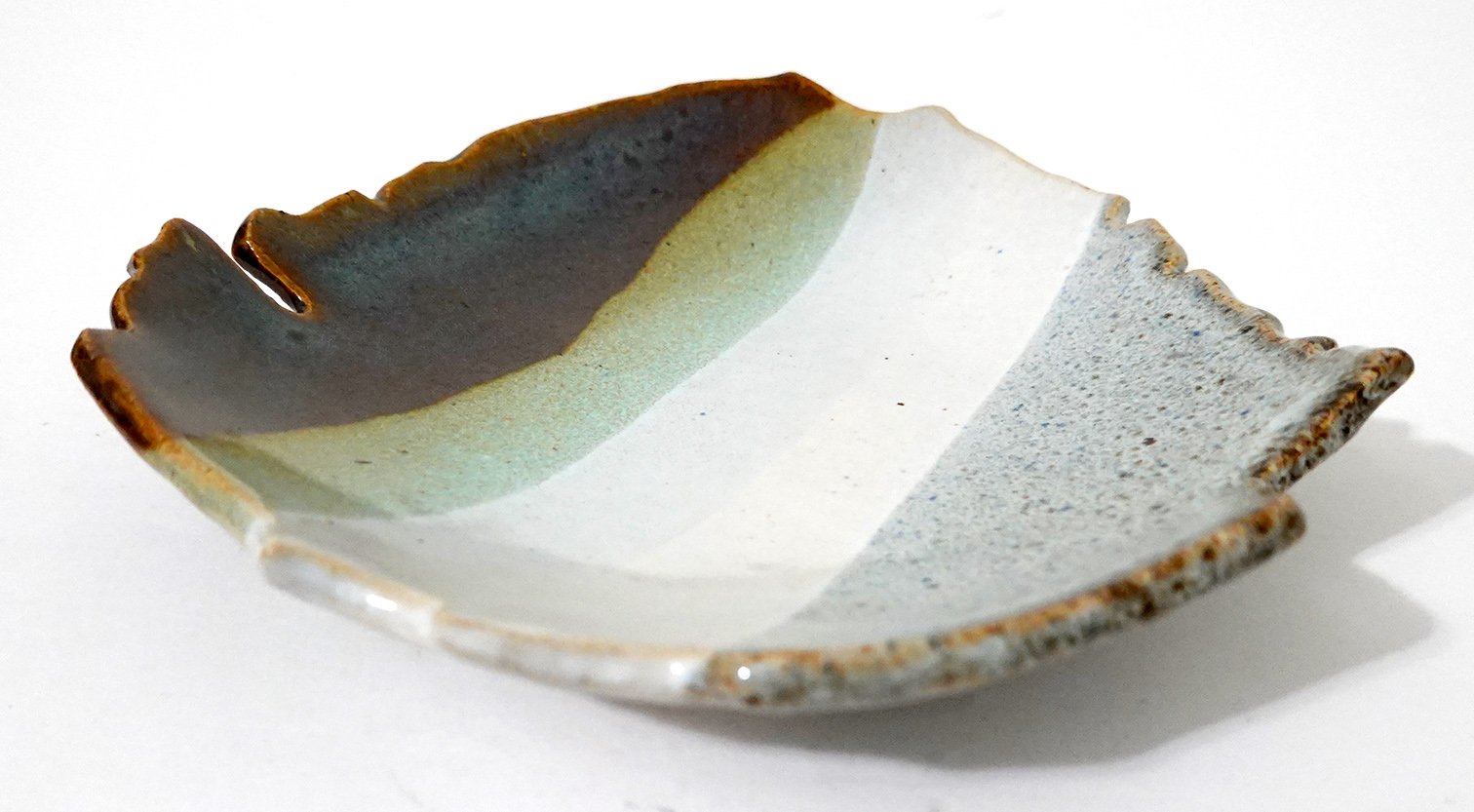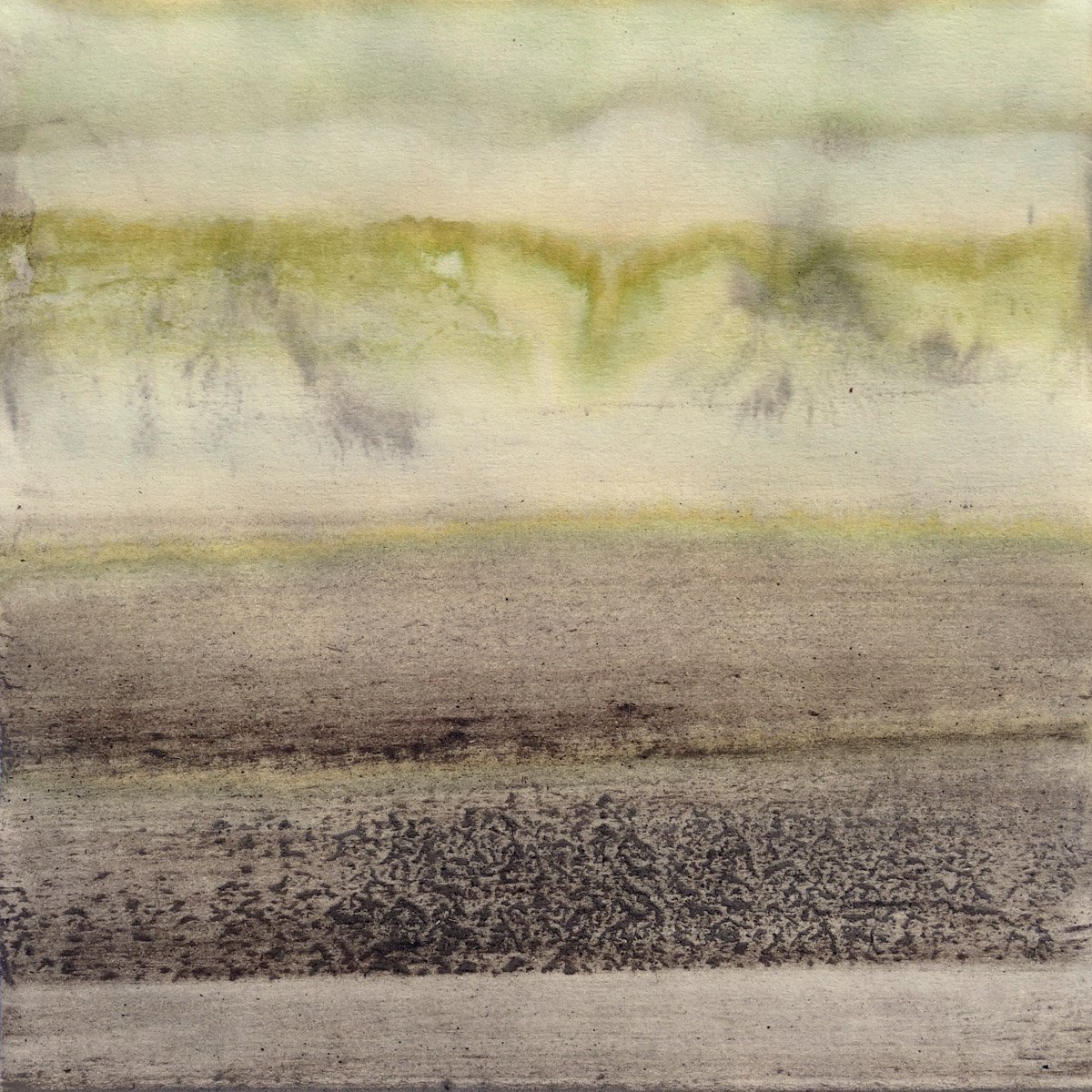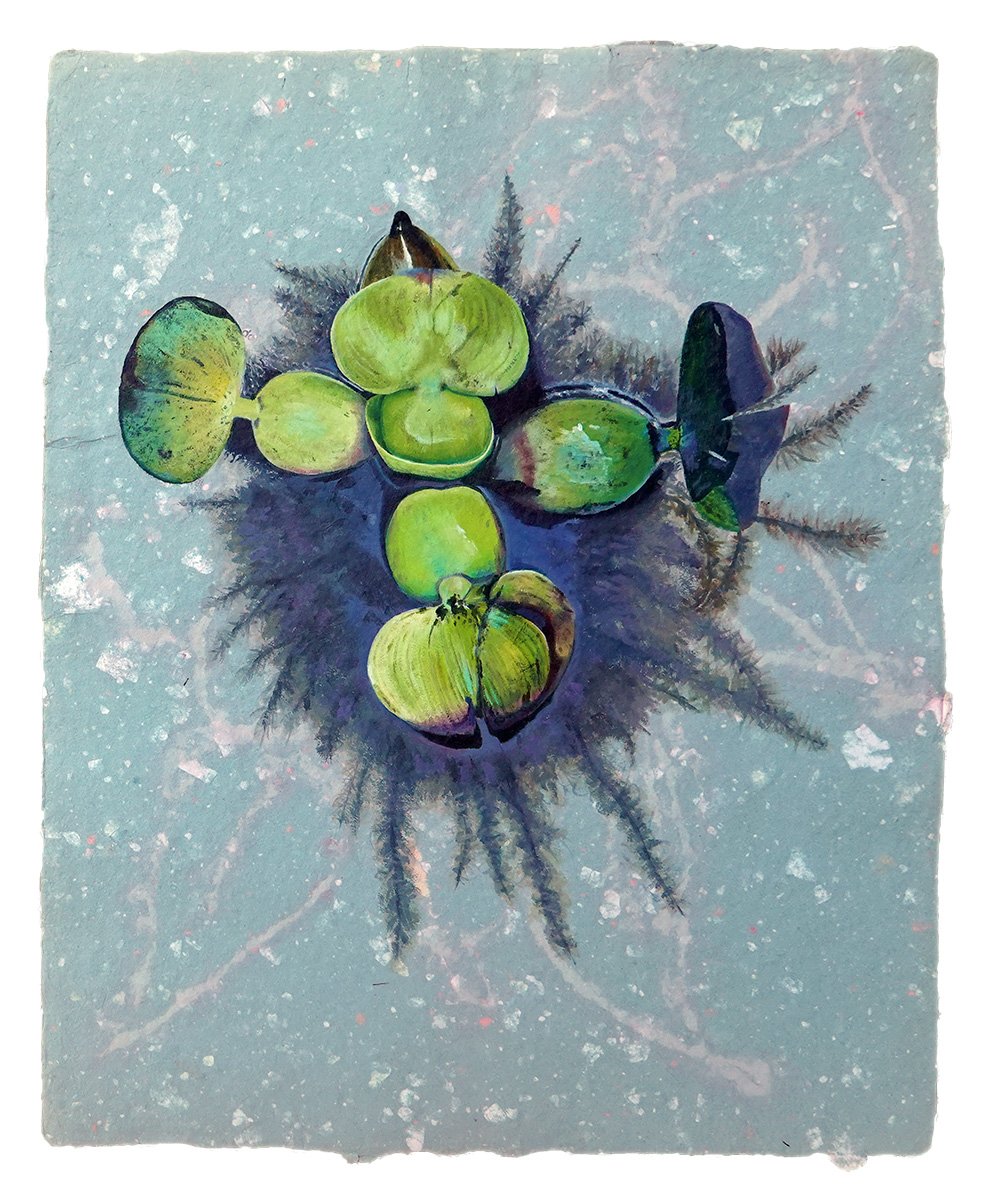KTIV chose to use footage of me looking at artwork to illustrate their article about the Advance to Gogh event.
Just a reminder that I’m participating in a large group exhibition of over 40 Siouxland artists: Advance to Gogh. The opening artwalk receptions for this event (held at the Sioux City Art Center, Gallery 103, Three Rivers Gallery, Art SUX, and Vangarde Arts) was on Thursday, July 11th. I’m unclear on exactly when each of the participating venues will take down the show, but I believe it’s up at least through mid-August.
To the right, you can see an image of me looking at some of the exhibited artworks which was published by KTIV, and if you check the article and video out there’s more footage of me at the reception as well as their own event description and interviews.
In case you can’t make it, though, I’d like to share with you some images of what I did! In the random lottery, I drew the gameboard Scrabble Junior.
The original Scrabble Junior game board.
I decided to keep the illustration and prompt for “sheep” and then painted over all the rest of the illustrations and prompts, color matching with paint to “restore” the rest of the board to a clean, new appearance. Next, I painted a lamb at the base, added the words “& Shelby” to the wordmark, and carefully redrew the grid lines with marker.
Shelby Prindaville's repainted and drawn-over game board.
Finally, I added words for sheep in many languages to illustrate how one plays Scra-baa Junior!
This is Scra-baa Junior (“A ewe-nique edition!”), mixed media including acrylic, marker, varnish, and glue on Scrabble Junior game board with game tiles, 2024.
Shelby Prindaville's finished "Scra-baa Junior" artwork.



